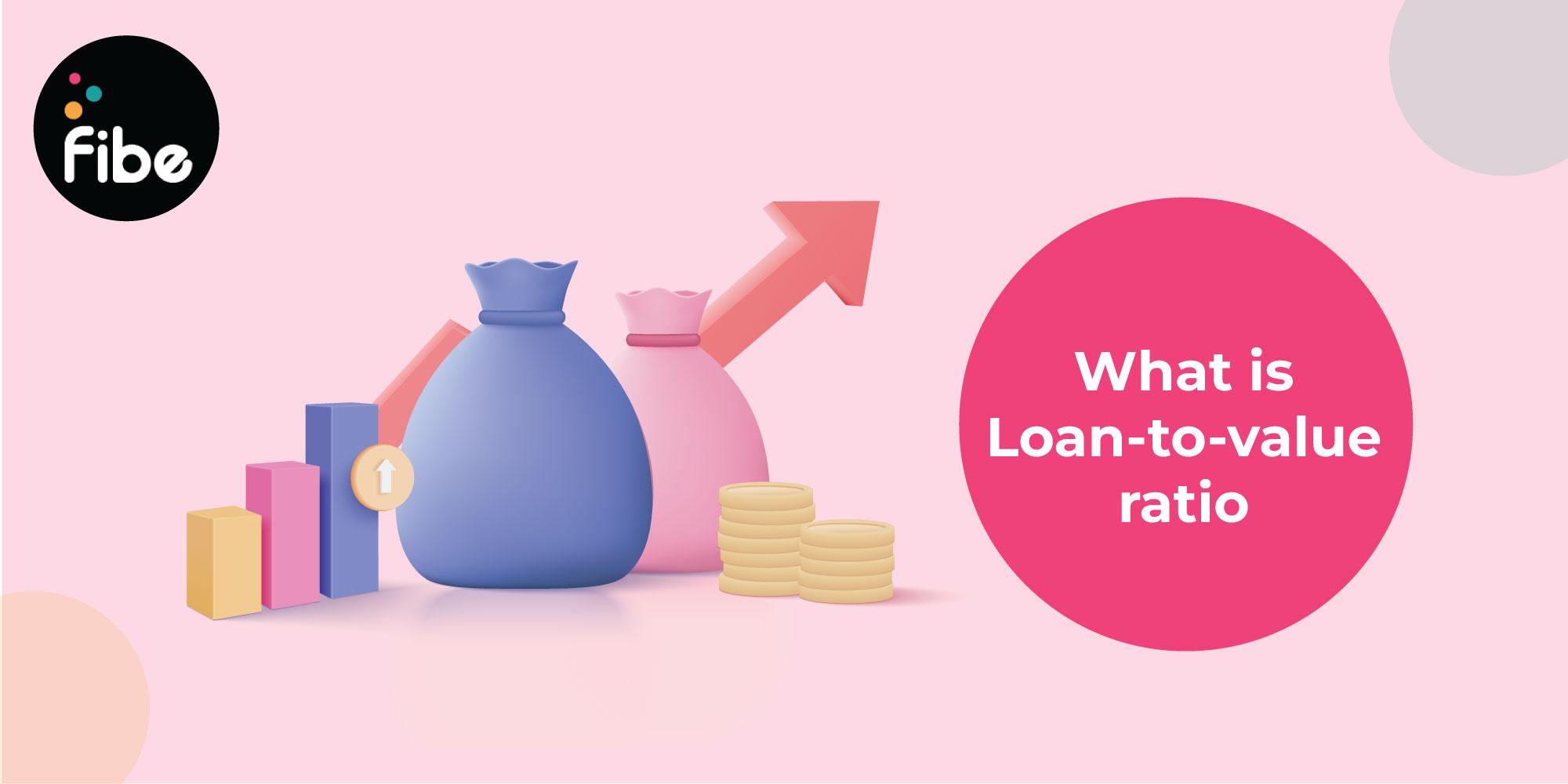- Home
- Blogs
- Personal Loan
- What Is Loan To Value Ratio
What is Loan-To-Value (LTV) Ratio: How to Calculate & RBI Guideline
Reviewed by: Fibe Research Team
- Updated on: 10 Dec 2024
Reviewed by: Fibe Research Team

When you apply for a secured loan, the value of the collateral you provide determines the loan amount you can get, which is referred to as the loan-to-value (LTV) ratio. Simply put, it is the ratio of the value of the asset you put up as collateral and the amount you receive as a loan.
Knowing about the lender’s LTV ratio lets you decide whether you can get the funds you require as this ratio varies from lender to lender. Read on to learn more about how to define loan-to-value ratio, its importance and more.
This term is applicable when you apply for a secured loan, which requires you to provide collateral, including a loan against property, a gold loan, etc. It helps you calculate the maximum amount you can receive as a loan based on the total value of the asset you put up as collateral.
While you can find out the maximum LTV that your lender offers, your actual LTV depends on your creditworthiness. To explain the loan-to-value ratio better, here is an example:
Computing your loan amount is easy. To begin with, you will need the valuation of your asset. Here is the loan-to-value ratio formula:
LTV Ratio = (Principal loan amount / Market Value of the asset) * 100
It is a crucial metric in the lending industry that determines the size of a loan available to you. Check out some of its pros and cons below:
| Advantages | Disadvantages |
|---|---|
| For borrowers, it ensures easier access to credit | A higher LTV ratio can generally mean that you will have to pay higher interest rates |
| For lenders, it provides better credit risk assessment and reduces the risk of default | For lenders, it generally translates to higher administrative costs |
The lender’s final loan-to-value (LTV) ratio impacts your loan amount and your loan terms. Here is why this ratio becomes crucial when you apply for a loan:
Now that you know what the LTV ratio is, here are a few tips to help you understand whether to go for a high or low ratio to best suit your pocket:
The Reserve Bank of India (RBI) plays a pivotal role in regulating the Indian financial system. One of the key tools used by the RBI to manage credit risk and systemic stability is the Loan-to-Value (LTV) ratio. Check some of the crucial guidelines below:
Keeping these facts in mind, you can get the ideal funding. However, if you need a collateral-free loan, you can rely on the Fibe’s Personal Loan. You can get funding of up to ₹5 lakhs affordably and without any hassles. Download the Fibe Personal Loan App or register yourself on our website to apply online in seconds!
The ideal LTV ratio depends on the type of asset you are pledging and the funds that you need. A loan-to-value ratio of 80% is generally considered good for a home loan.
This means that you can get 60% of your asset’s value as the loan amount. So, if your asset value is ₹5 lakhs, then you can get a loan of ₹3 lakhs at 60% LTV.